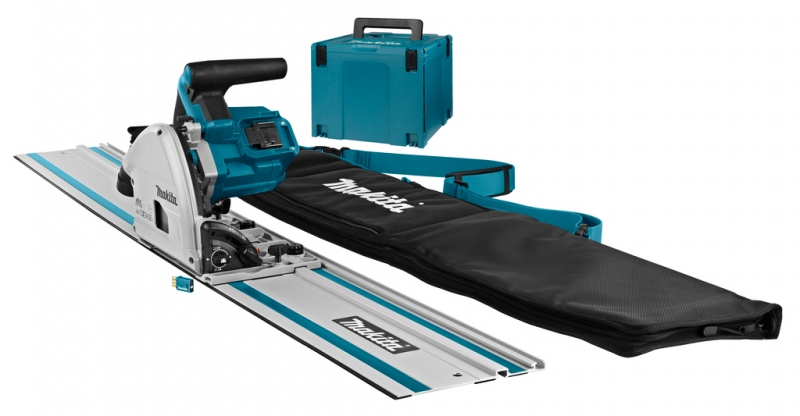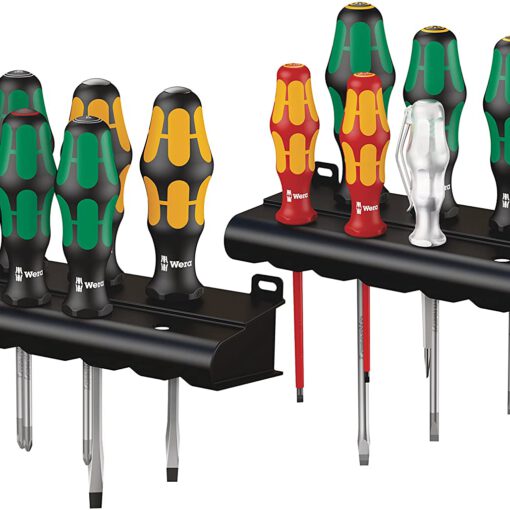One of the most important power tools for woodworking is a saw for rip (lengthwise) and cross cuts. A mitre saw can be useful, but it can only do cross cuts. There are three options that can do both:
- Circular saw: These are the cheapest option, but you need some sort of guiding system to get straight cuts. As I own one, I considered getting the Kreg Rip-Cut and Accu-Cut, but reviews especially of the latter made me decide otherwise.
- Table saw: some people may tell you that woodworking without a table saw is impossible, and there are many reasons why they could be considered essential. They are the best tool for making repeat cuts of the same dimension. They also have plenty of disadvantages: they are large, expensive, not well suited to cutting large sheets (e.g. the typical 8′ x 4′ plywood sheets) of lumber, and potentially dangerous. Yes, you can get smaller contractor-style table saws pretty cheap, but they are neither very accurate nor are the tables sufficiently large for furniture making. A “real” cabinet saw costs serious money.
- Track saw aka plunge saw: These are similar in design to a circular saw, but designed to slide on a guide rail, and enter the wood from the top (hence plunge) instead of the front. The guide rail makes them accurate. The biggest drawback is that you cannot make quick repeat cuts like a table saw without some sort of jig/table like Kreg’s Advanced Cutting System or the Festool MFT.
Looking at what I wanted to be able to do with the saw, as well as the space available and the costs, I decided to go with a track saw. The Festool TS55 is the king of the hill, but there are many cheaper contenders out there. I wanted to go cordless, which would enable me to saw sheets to size in the hardware store parking lot. Having already chosen for the Makita battery platform, going Makita with the track saw made sense. This left the Makita DSP600/601 as the saw of choice. Being just €30 more expensive, and with Makita throwing in a free AWS adapter, I decided to go for the DSP601 with AWS (auto wireless start) functionality. With an AWS-enabled vacuum cleaner (either built-in or via the adapter), you can remotely trigger a connected vacuum cleaner.
The DSP601 is a 36V tool using two 18V LXT batteries. It will not work with one battery, so removing one battery is an excellent child safety. I ordered the kit with 1500mm guide rail and an additional 1000m guide rail so I can rip full plywood sheets. I’ve read some complaints about the hassle of connecting two guide rails, but this seemed like a better option than getting a 3m guide rail. I also got a set of clamps that can tighten the guide rail down.
The saw is easy to use. There is a clear indicator for the bevel angle, and a small switch that keeps the saw from tipping over when tilted (something that the Festool doesn’t seem to have). Working with the guide rail is very accurate, as you cut through the rubber strip on first use, meaning that the edge of the strip is exactly where the blade cuts. This makes it really easy to align cuts. Yes, repeat cuts require some more measuring and aligning the track and are slower than on a table saw, but the advantages in handling large sheets, cost, space requirement, and safety are worth it to me.





